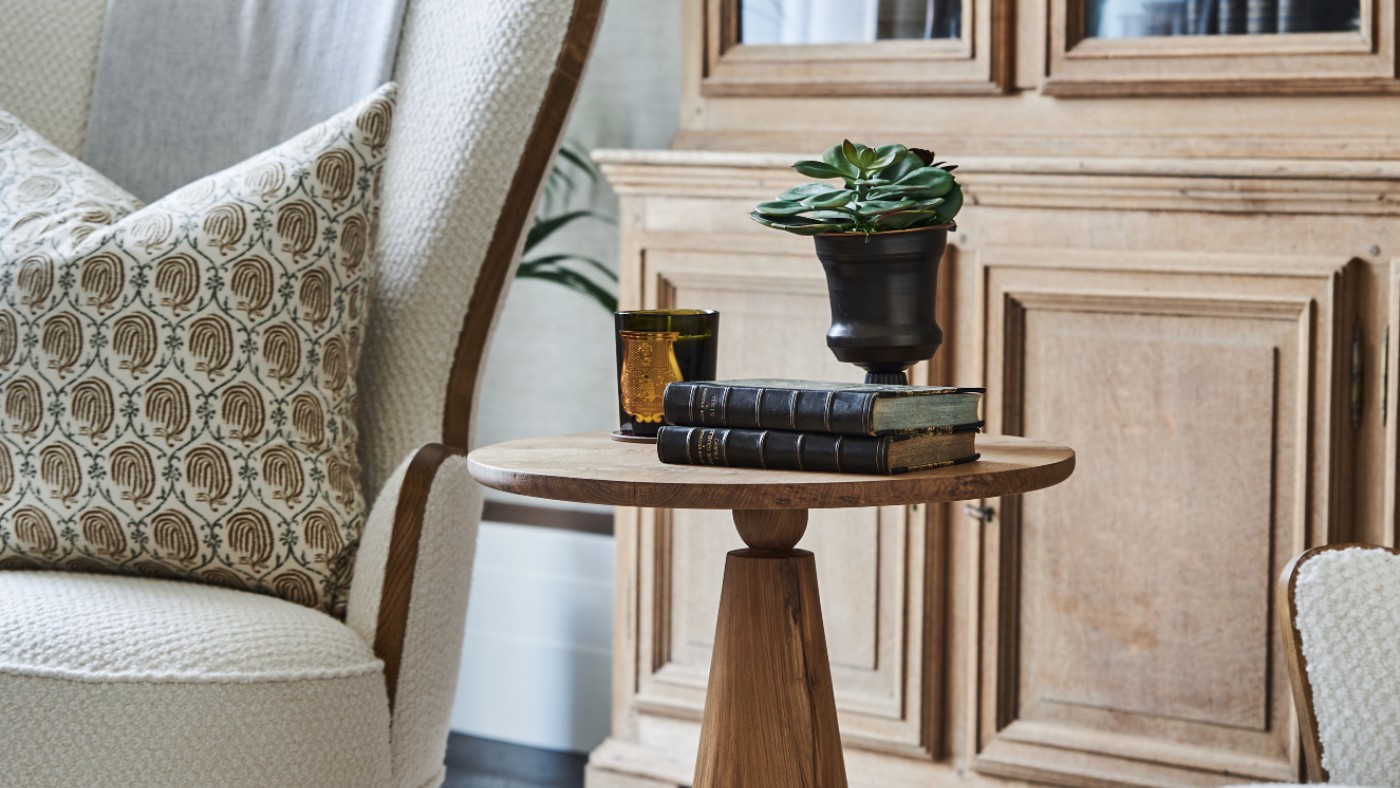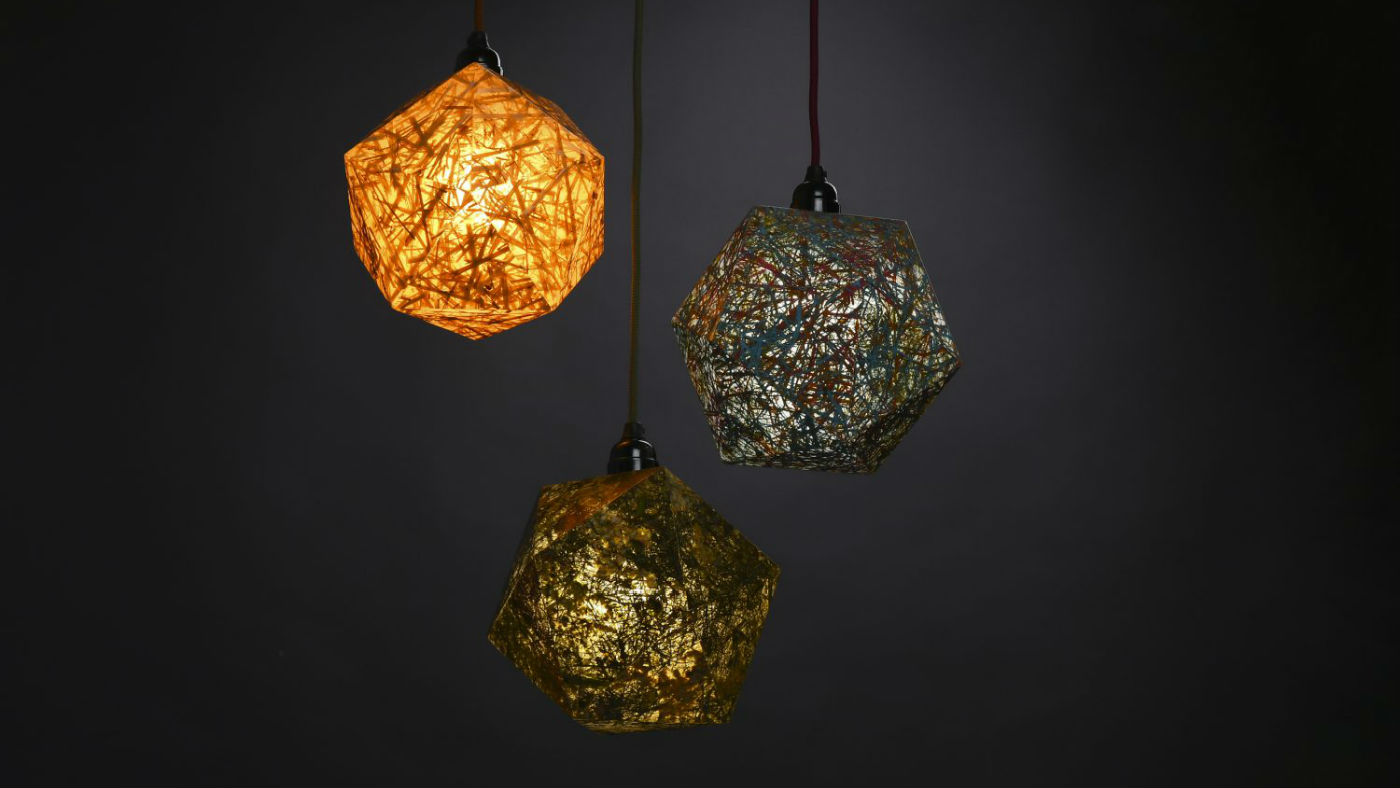Home interiors: design trends to look out for in 2021
Experts share their top tips for giving your rooms a makeover

Artist David Landy arguably became the world’s ultimate minimalist when he destroyed every single thing he owned. Landy staged his drastic measure in a former C&A shop on London’s Oxford Street in 2001, in a piece of living art called Break Down. Each of the total 7,227 possessions that he had accumulated over his then 38 years were placed on a conveyor belt to be shredded, crushed and dismantled. Irreplaceable items including old love letters, his father’s old sheepskin coat, even his Saab 900 Turbo 16S – all went into the ravening maw to end up as part of a six-ton pile of landfill. “It was the happiest two weeks of my life,” Landy remembers.
Most of us aren’t so brave, but may still wish we could live by William Morris’s famous maxim: “Have nothing in your house that you do not know to be useful, or believe to be beautiful.” We’re taught consumption from childhood, and encouraged to live by it. US publisher Malcolm Forbes, for example, had a plaque in his family kitchen bearing the message: “He who dies with the most toys, wins.”
The Telegraph reported in 2010 that the average ten-year-old British child owned 238 toys but played with just 12 daily. And it gets worse as we grow up. According to the Los Angeles Times, the average American household contains around 300,000 things.
The Week
Escape your echo chamber. Get the facts behind the news, plus analysis from multiple perspectives.

Sign up for The Week's Free Newsletters
From our morning news briefing to a weekly Good News Newsletter, get the best of The Week delivered directly to your inbox.
From our morning news briefing to a weekly Good News Newsletter, get the best of The Week delivered directly to your inbox.
Back in the Noughties, Americans Joshua Fields Millburn and Ryan Nicodemus owned much more than the average. The duo were, as they recall, “successful young professionals from Dayton, Ohio. People saw our six-figure jobs, our luxury cars, our new gadgets, our lives of opulence… but we weren’t happy.” So they became minimalists – literally owning the term by calling themselves The Minimalists – and jettisoning 90% of their possessions. They explain that “as a minimalist, everything you own serves a purpose or brings joy… which allows you to focus on what’s truly important: health, relationships, passions, growth, and contribution”. If you’re brave enough to try it, you can follow their 21-step day-by-day schedule to becoming more minimal.
Both The Minimalists and the queen of minimalism, Marie Kondo, have successful Netflix programmes, podcasts and, in Kondo’s case, an online shop of stuff you can buy. The irony of this is not lost on millennial writer Kyle Chayaka, who in The Guardian argues that for younger people forced into crowded cities for their work, minimalism is an irrelevant luxury, because living in small flats they can barely afford forces them to be minimalists by default. “Unless you are wealthy or creative enough to afford a lot of space, there are two responses to living in New York: one is overstuffing a tiny space that eventually becomes unbearable, the other is living like a minimalist,” Chayaka writes.
Even in the most spartan homes, our physical health is being threatened by hundreds of toxins from man-made objects. The problem peaked in the 1970s and 1980s, when the energy crunch led to the first generation of energy-efficient buildings with poorly-designed super insulation and reduced air exchange. People began to get headaches, rashes and respiratory congestion – known as “sick building syndrome”. Nasa was quick to catch on, figuring that if people were getting this ill in offices on Earth, how much sicker were they going to get in the confinement of a Space Station?
This led the US space agency to undertake a seminal study, 1989’s “Interior Landscape Plants for Indoor Air Pollution Abatement”, which concluded that “if man is to move into closed environments, on Earth or in space, he must take along nature’s life support system”. They were talking about plants. Nasa tested 12 indoor varieties and found that - aside from lapping up the 500 litres of carbon dioxide the average human breathes out in a day - they were also very efficient at absorbing benzene, trichloroethylene and formaldehyde, which are found in a large number of household products. The winners were the humble green spider plant (chlorophytum elatum) and English Ivy (hedera helix).
A free daily email with the biggest news stories of the day – and the best features from TheWeek.com
But the surprising star at sucking up benzene wasn’t a plant at all, but the potting soil the plants were growing in. Both plants are inexpensive and readily available, which is good news, because you’re going to need a lot: Nasa recommends one plant every nine square metres for optimal air filtration.
Being around plants is good for our mental health, too. If you need proof, consider a Korean/Japanese study from 2015 published in the Journal of Physiological Anthropology, which got 12 young men to do some indoor plant transplanting and 12 to do some computer tasks. The former reported “positive feelings”, while those doing the computer task had “increased diastolic blood pressure and sympathetic nervous system activity” - in short, they were stressed.
Indoor gardening worked for stressed millennial Alice Vincent. “I followed a path that I thought my life should have taken,” she says in her bestselling book Rootbound: Rewilding a Life, “to work really hard, get a good job, find a relationship and get somewhere to live. When all of that fell apart, gardening kept me sane.”

Viaplant
Budapest-based landscape architect Barnabás Szakács has created a new design material called Viaplant. It’s a plant-based composite material that can be used in furniture, lighting, tiles and fashion. Even better, it utilises the parts of plants discarded during the maintenance of green spaces, and turns even aggressively invasive spreading species into objects of beauty.
Or to put it another way, it’s like bringing a memory of the outdoors inside with you.
Hedron lamps, €149-€324 (£135-£295); viaplant.com
-
 Political cartoons for December 6
Political cartoons for December 6Cartoons Saturday’s political cartoons include a pardon for Hernandez, word of the year, and more
-
 Pakistan: Trump’s ‘favourite field marshal’ takes charge
Pakistan: Trump’s ‘favourite field marshal’ takes chargeIn the Spotlight Asim Munir’s control over all three branches of Pakistan’s military gives him ‘sweeping powers’ – and almost unlimited freedom to use them
-
 Codeword: December 6, 2025
Codeword: December 6, 2025The daily codeword puzzle from The Week